Bangkok is the most famous city in the world for sex tourism. When a movie or a novel wants to mention a hot destination, they always choose the Siamese capital. But how much truth is there in this? Perhaps it is true that in Thailand there is a marked entertainment scene, let’s say, for adults that goes far beyond just prostitution, a very common scourge in almost all Asian countries. But there are too many nuances.

The first and most embarrassing is that prostitution is prohibited in Thailand, even though there are bars with pompous names like “hot kittens” or clubs where you can see almost naked women from the outside. No holds barred. This is the land of contradictions. And yet everything is more complex than meets the eye.
If we stay on the surface, we might think that Thailand is a playground for men who decide to travel here in search of easy sex, but prostitution is something so deeply rooted in Thai culture that we cannot simply focus on what happens abroad. Because, precisely, there are signs that point to the fact that the places dedicated to prostitution in Thailand where there is the least sexual exploitation are precisely in the tourist red light districts, here called “entertainment districts”, although the world thinks otherwise. Be careful, there is still a lot of it.
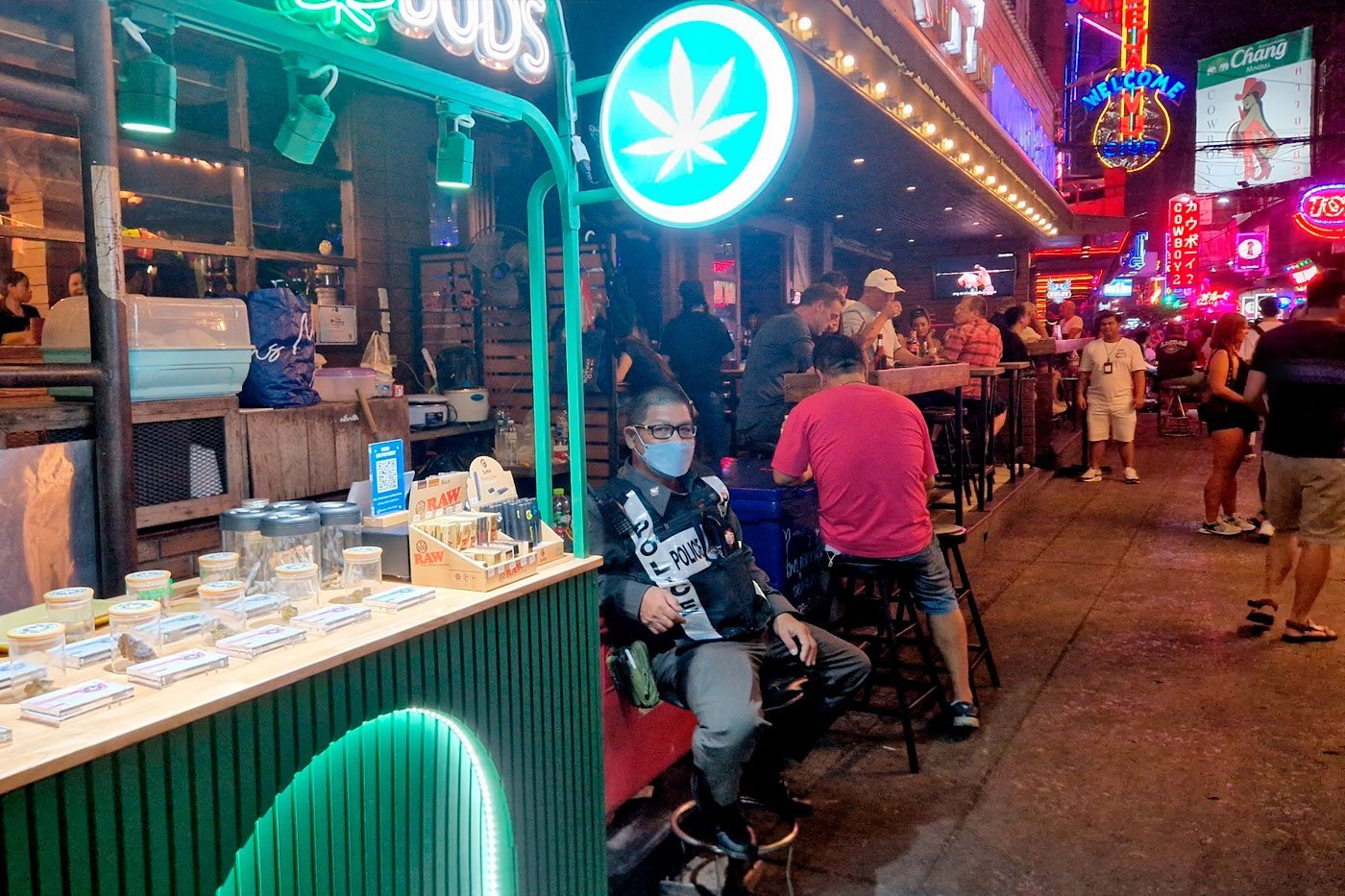
It is becoming more common to see families with young children visiting Bangkok’s red-light districts, although I would avoid doing so. Couples without complexes have been doing it all their lives because there are no bad faces or dangers. Because, to the surprise of many, the atmosphere is festive and even friendly.
In these paragraphs we are going to analyze in depth, as travelers, the issue of red-light districts in Bangkok, without entering into polemics. And perhaps the first question to ask is… where does Bangkok’s sex scene come from and how does it operate?
When we refer internationally to “Bangkok’s red-light districts”, we are talking about the areas where sex tourism has usually operated in the capital of Thailand. This does not mean that prostitution is only found there, on the contrary. In Thailand, as in practically all of Asia, the scourge of prostitution is present at all levels, and is much more common than one might think.
In Bangkok there are countless bars that claim to be karaoke bars or restaurants that are actually run by prostitution gangs, and these places are found on all the main avenues and the most hidden alleys. They serve the poorest population, and you will never see a foreigner in them.
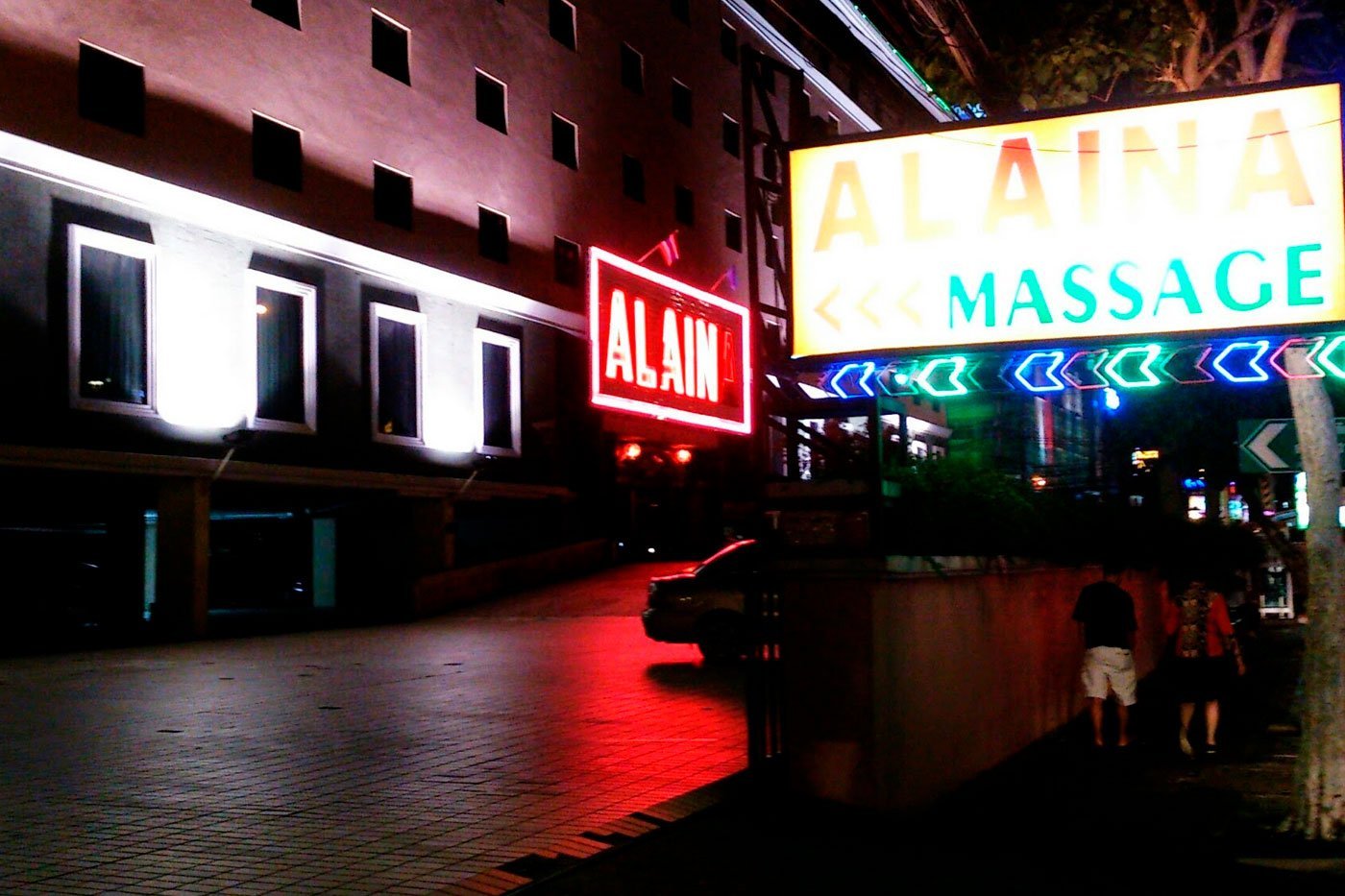
The sex-marketing venues for the Thai middle classes are noticeably more numerous and gigantic than the tourist red-light districts, and exploitation is more common there. The very wealthy Thai society has another type of luxury prostitution venues in the districts of Thong Lor and Ekkamai that have nothing to do with what have historically been known as “the red-light districts of Bangkok” that were created for the regular tourist.
We could also mention the prostitution options for Koreans, Chinese and Japanese, which are located in other places in Sukhumvit, Thong Lor or Ratchada, and where the local languages of these nationalities are spoken. But, internationally, what the world knows are the usual red-light districts in the center of Bangkok, where mainly Western tourists go, and, increasingly, Asians and even Arabs.
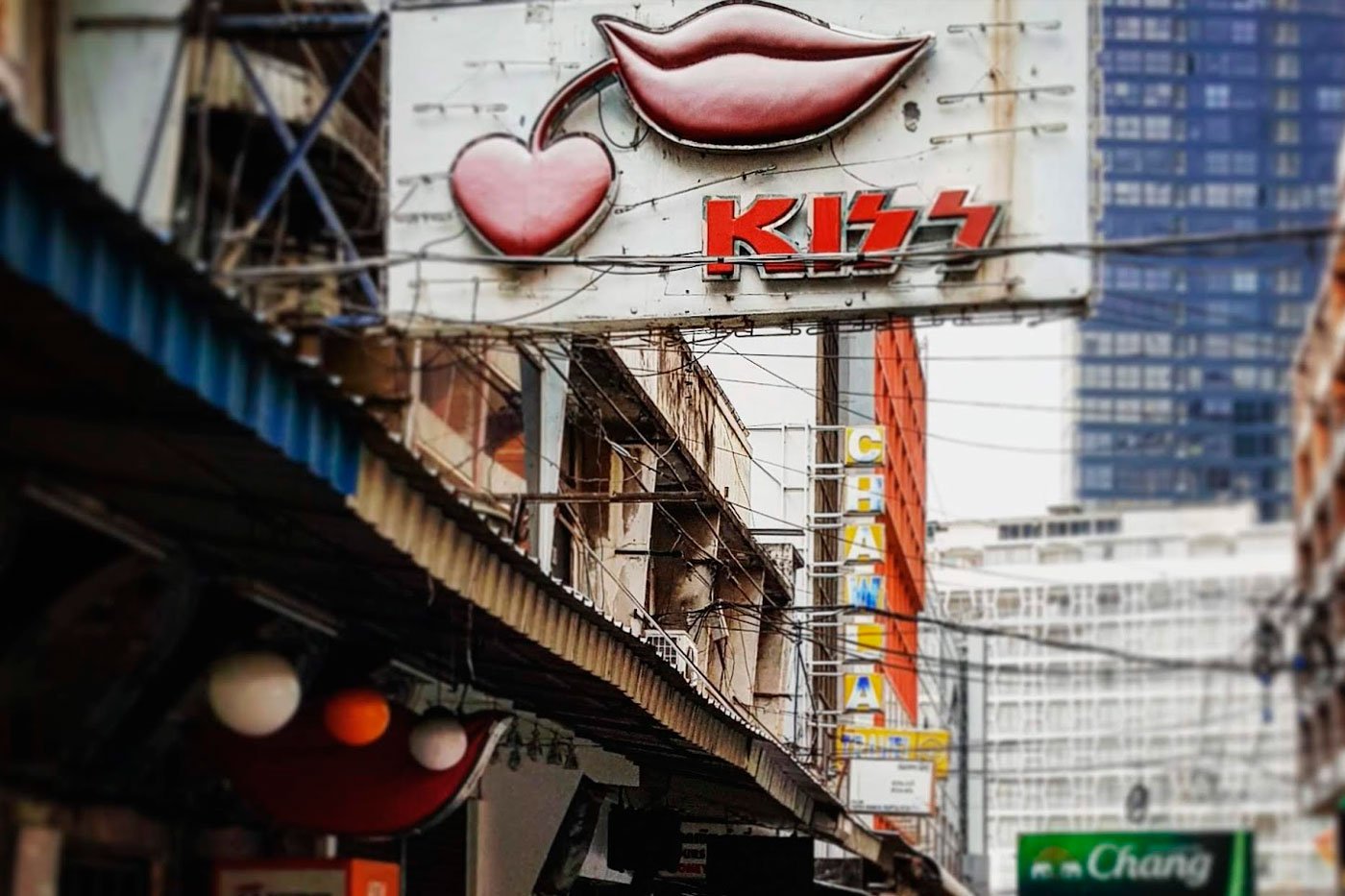
What is the reason for thinking that prostitution is mostly found in these neon-lit places? Undoubtedly, they are extremely famous. They appear in international reports, in films, and tourists go to them. Above all, they are brutally scandalous and not at all modest, with enormous buildings and illuminated signs that incite sex. But the most interesting thing, which not so many people know, is that it is precisely in these places where sexual exploitation is most restricted, perhaps because the media spotlight forces it to be so for the sake of publicity.
The famous “entertainment zones” for foreigners, as Thais like to call these places, date back to the second half of the last century, and specifically to the time of the Vietnam War. At that time, Thailand was the US ally in the area, and soldiers came here to rest.
This led to the proliferation of a sex industry in which Americans wanted to replicate their go-go bars and nightclubs in their homeland, but with a local female audience. The same thing had happened in the Philippines, and in both countries neighborhoods were created where bars with girls in bikinis and coloured neon lights became common.
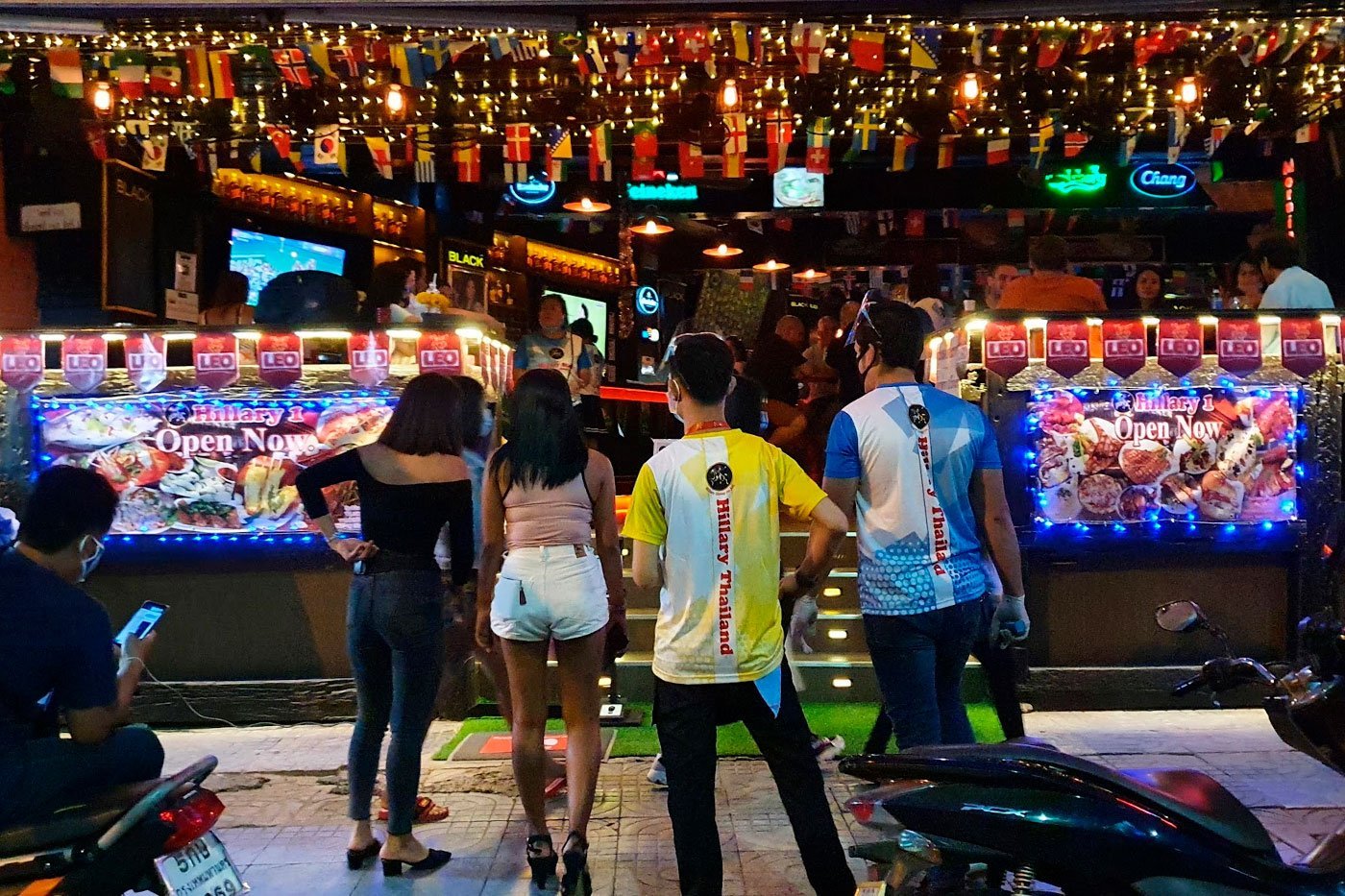
After the war, Thailand saw a goldmine in taking advantage of the situation and attracting sex tourism to fill its coffers. In this way, the most popular country in Southeast Asia began to develop a nocturnal underworld dedicated to worldly pleasures that turned it into a reference point for vice throughout the world.
Many Thai analysts believe that, without the sex scene, it would have been impossible to create the current tourist attraction, more focused on beaches and temples, since the country needed a lot of cash to develop an industry that was starving by then. And the money came through men from all over the world looking for fun. Only that made prostitution even more widespread, and even created perversions.
The most common of these dire consequences was that many parents, in the early days of this phenomenon, hoped that their daughters would become prostitutes for the Western market and hopefully marry a client, since a few decades ago the salary of a Westerner was a fortune compared to what a Thai earned. Today, that is no longer the case.
Bangkok’s red-light districts are no longer at their peak in terms of cash. This is mainly because sex tourism in the country is dwindling every day: the days of cheap prostitution in Thailand are long gone, and the Internet has created a hidden alternative market that is now more successful. However, the bars in the hot areas of the city are still going strong, albeit with differences.
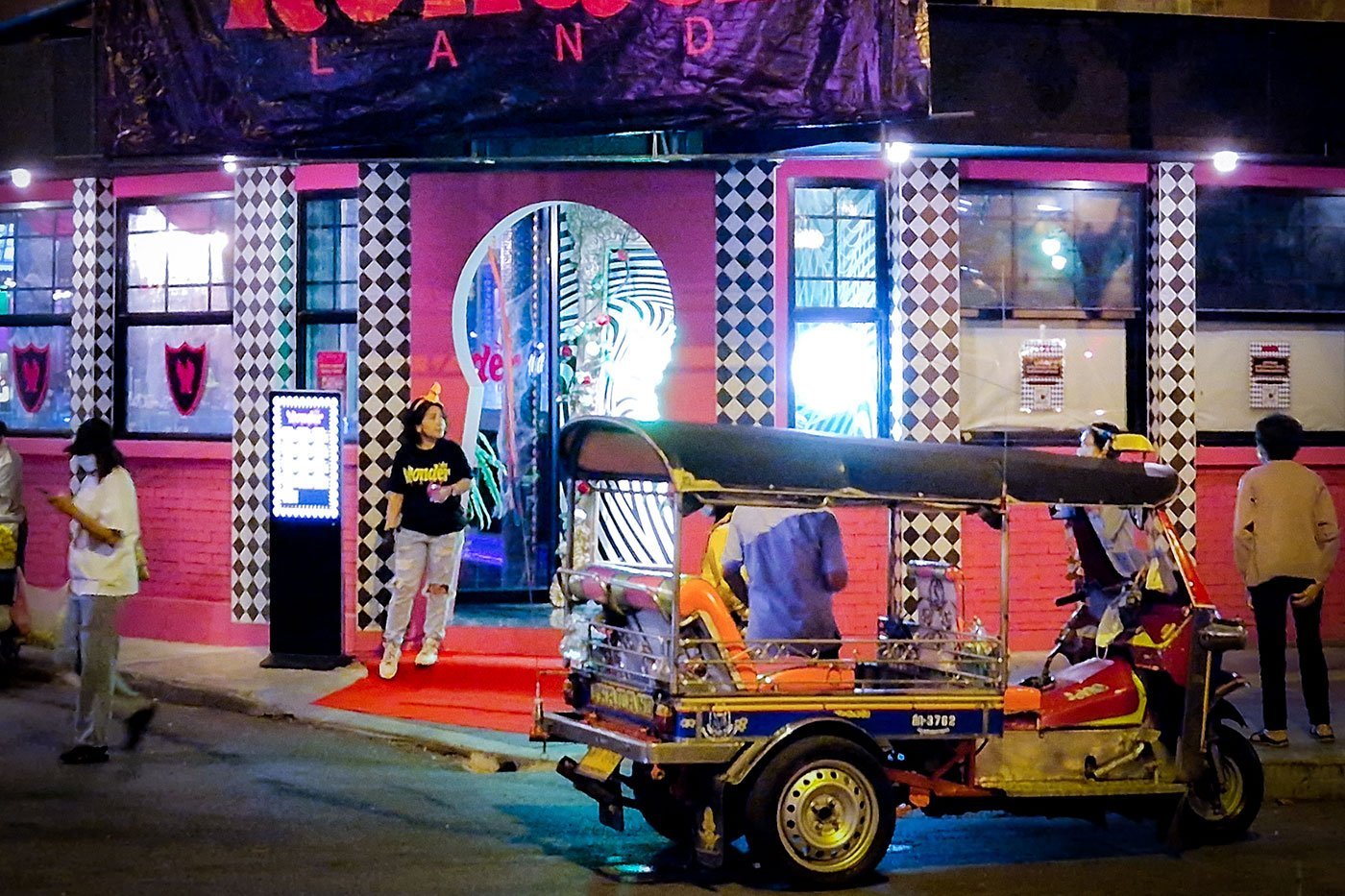
Perhaps it is no longer so common to find blowjob bars, one of the country’s aberrations, and without a doubt many of us are saddened by the resurgence of the practice of ping pong shows, a gruesome and humiliating sexual spectacle, in places like Phuket. There are no bars in Bangkok where women dance completely naked either, except for one called Crazy House. In the city of Pattaya, this is more common.
What is funny is that, little by little, the red-light districts of Bangkok have opened up more, and it is very common to see groups of friends, couples, foreign women and almost anyone visiting them, sometimes even families, as we have mentioned.
First of all, what do we mean by red-light districts in Bangkok? Because the capital itself can seem like a leisure district, sometimes a bit risqué. It is normal, in supposedly business districts, to come across huge and very expensive residential buildings opposite a neon bar where some girls in suggestive clothes beckon to any man who passes by.
Many people think of Amsterdam or Hamburg’s Reeperbahn when they mention the term red-light district. But when you think of Bangkok, you should actually think of Japan and districts like Kabukicho in Tokyo, because, while the Americans imported their model of bars, it was the Japanese who established part of the style of prostitution in Thailand.
A fact: the ping pong show is a Japanese invention that was popularized in Thailand, which is not surprising because the country of the rising sun is very given to sexual perversions. And the sight of women throwing balls through their crotches on a stage in front of a curious audience is one of the many activities that Jake Adelstein, author of Tokyo Vice, describes perfectly.
Without going into too much detail, it is important to understand that a red light district in Asia is not simply a street or area in which bars where sex is sold are crowded. This is true to a greater or lesser extent, but there are districts like Nana where these businesses coexist with restaurants, clothing markets, hotels where families stay and even schools. Although it may seem surprising.
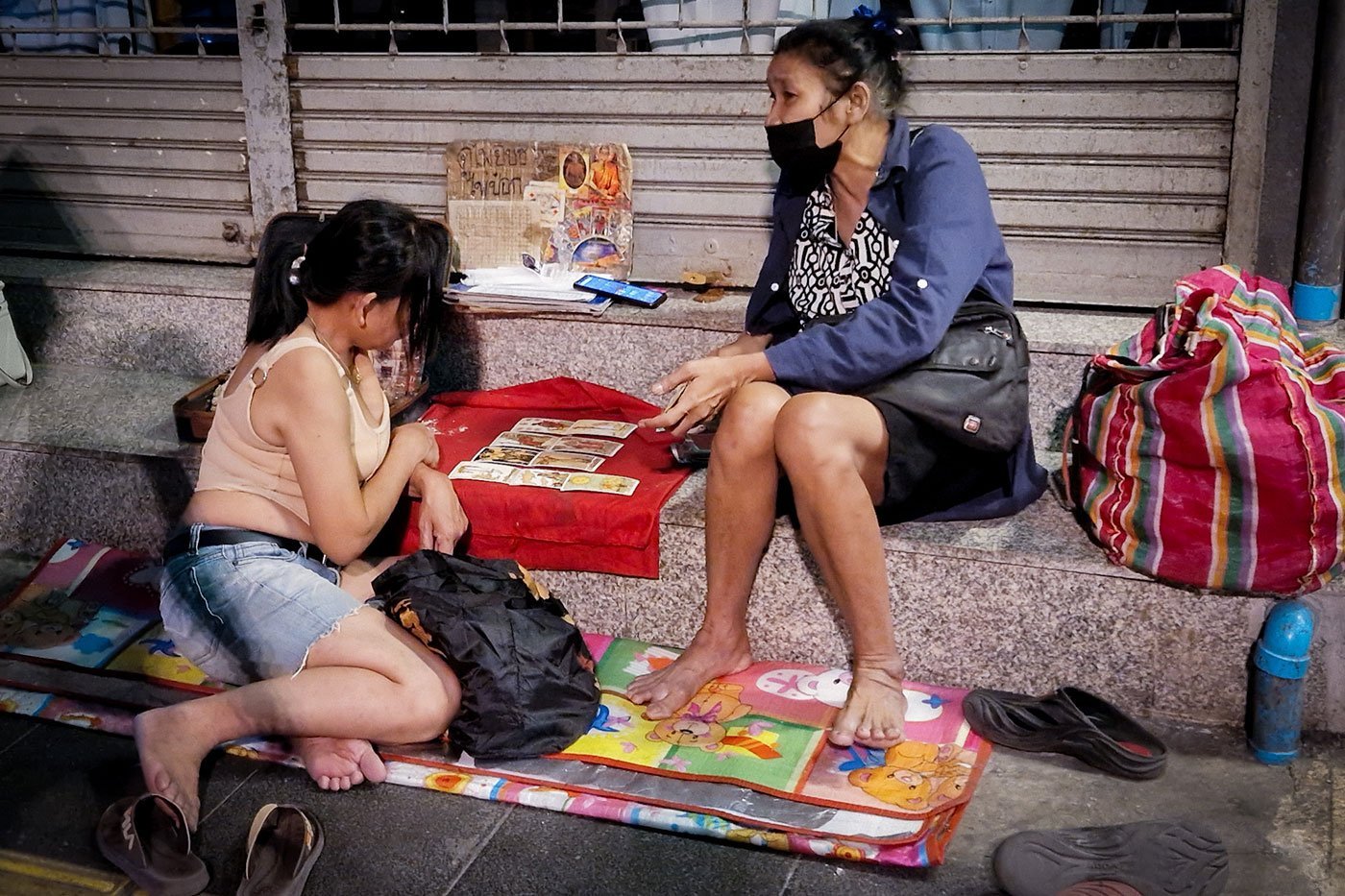
A good example is that of the daughter of some great friends, who at the age of nine studied at an international English school located in Bangkok on the fourth street of Sukhumvit… right behind the largest cluster of red bars on the avenue, in the most sexual center of Nana, one of the three main tourist red light districts of the capital.
I remember taking the little girl to school at 8 AM on the sky train, which left us right in front of the street that leads to the bars, and we had to cross it to get to the school. The girl, dressed in her school uniform, knew by sight all the women who at that time of the morning were still trying to make a few bills. And there was respect and affection on both sides.
Because any couple can go to Nana for a drink, dinner or shopping. Although they are places for adult entertainment, families also pass through there if necessary. Red light districts are not districts where sex is the only business, but they have their own life, which shines most brightly at night and under the neon lights.
And yet red-light districts are famous because they are where prostitution for foreigners has always been concentrated. It may be that the digital world is making these places less and less focused on paid sex and more on trying to be places of leisure, but the fact is that any tourist looking for easy sex usually goes to these districts.
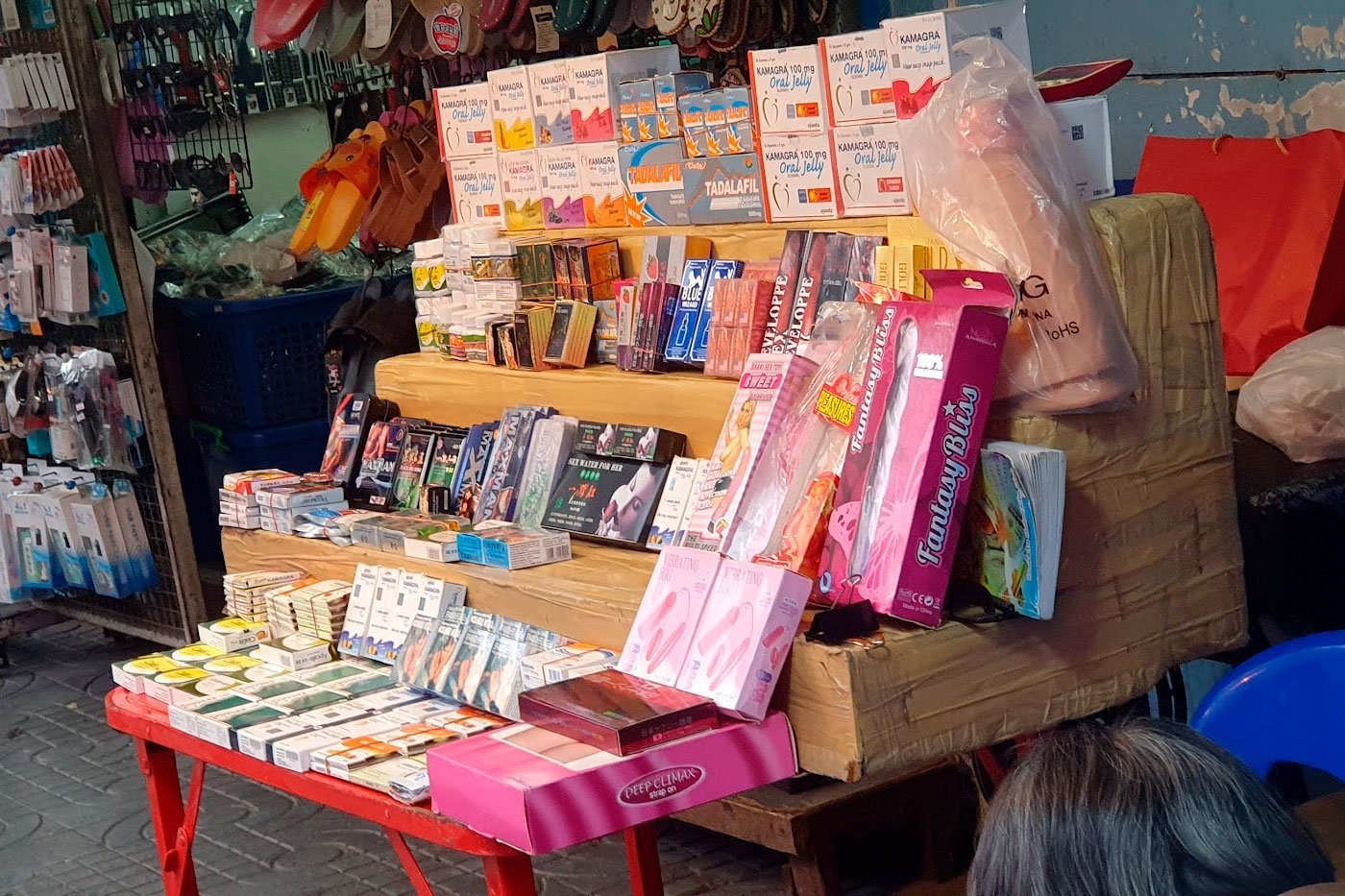
The curious thing is how illegality was avoided despite the fact that prostitution is strictly prohibited in a country like Thailand, which is modest and conservative, given that the government prohibits even the sale of sex toys because they are considered perverse.
In order to make society turn a blind eye to the obvious, in Bangkok the neon bars with bikini-clad girls do not offer sex, they say, but fun, even if it is a farce that, to carry out, is justified by the fact that the act never takes place in any establishment, but in the privacy of a hotel. Something totally different from the prostitution places for Thais, where there are entire buildings with private rooms. But this is not the case in the bars of the popular red-light districts.
The most striking bars are the go-go bars, inspired by the American style. They tend to be concentrated in very specific spots such as Nana Plaza, Soi Cowboy or Patpong. In them, dozens of women in bikinis dance on stages or on the bars. Any client, whether male or female, can invite one of the employees for a drink. And if that happens, they have to sit for a few minutes with the person paying.
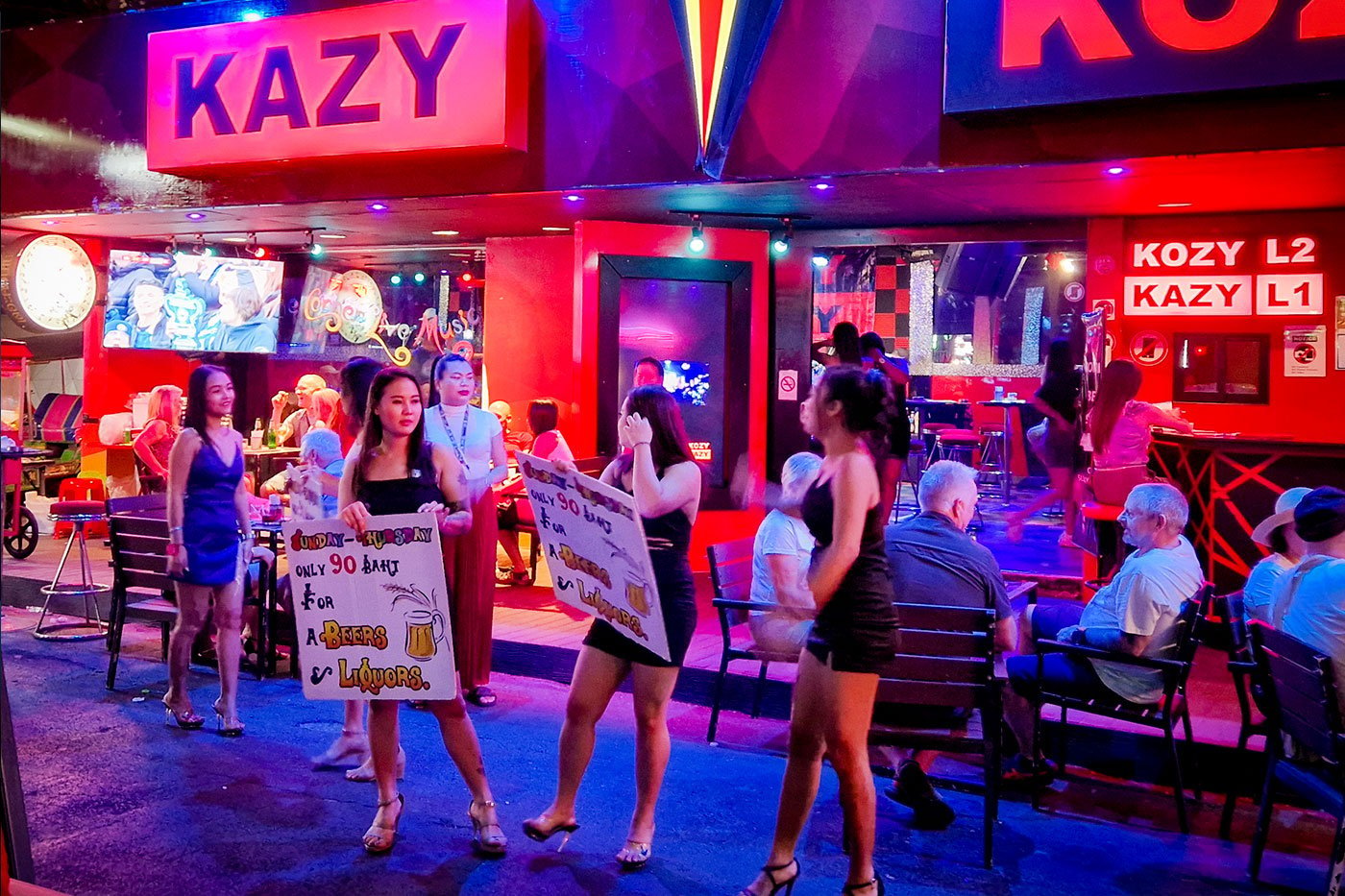
These drinks, of course, are at least twice as expensive as the ones a customer drinks. And part of the profit goes to the woman. For the bar, it’s ideal, since they always order tequila, which is actually a watered-down bottle with lots of water so that the girls can drink and drink while keeping their cool. What’s she to do with the customer? Laugh at his jokes and try to stop thim when he tries to touch her.
So when does prostitution culminate? That only happens if the client wants to pay to sleep with the woman and she accepts. He has to negotiate a price with her and decide whether they will go to the payer’s hotel or another one. If she accepts, the man still has to pay about 20 dollars more to the bar to be able to leave with her for the agreed time. This is usually the time it takes him to do his thing once, unless a higher rate is set for her to sleep with him.
This is where prostitution in Bangkok’s red-light districts for foreigners tries to be a little less, while still being exploitative. In these places, women can always refuse to go with a client. In prostitution in establishments for Asians, it is normal to have a fake massage room, and the woman cannot refuse anything as long as the client pays what the establishment has agreed.
Obviously, not everything is as nice as some people want to see. A woman who doesn’t go out with clients usually loses her job, because, even though the bar’s business is drinks, the owner knows very well that many men go there looking for paid sex. But a client can seem like a nice guy when paying for a drink in the bar and then be a demon in the privacy of his hotel.
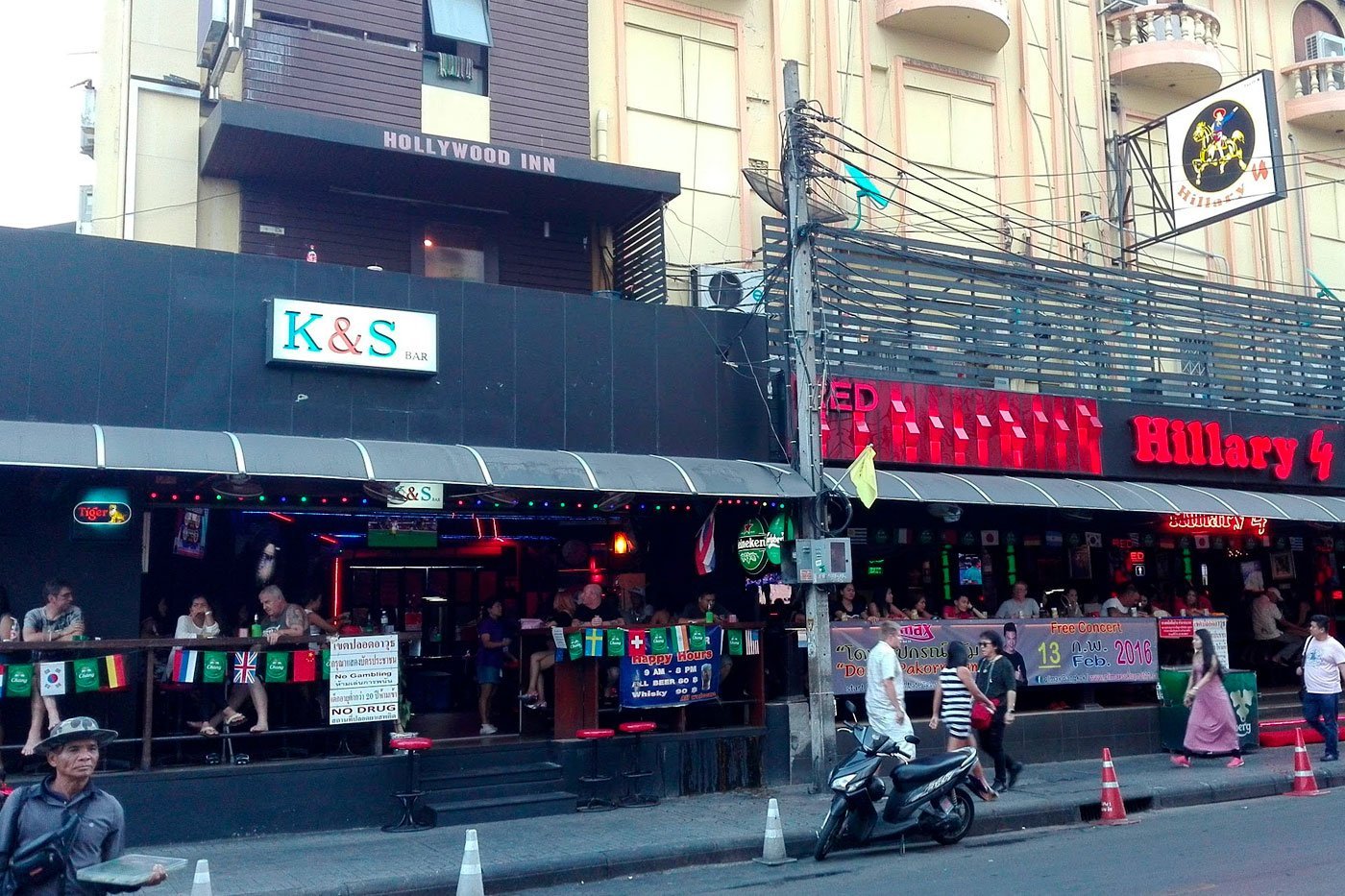
Beyond the gogo bars, there are what were previously known as beer bars, which are open-air places where beer is mainly consumed and which show an unreality: the majority of clients are older foreign men and then there are many young, friendly and pleasant girls who let themselves be loved by them. Obviously, if they go with one of them, they will negotiate the price, and the guy will have to pay the bar for removing her from her place.
There are also nightclubs. These are bars that operate like in the rest of the world, except that in the red-light districts you can expect many of the women, as they say, to be “working.” There, flirting is the norm, but in many cases there is an intention to earn money. What’s more, some of the women who work in the bars mentioned above stop by the nightclub after work, either for fun or to find a last-minute client.
To remain superficial about what prostitution is like in Thailand and in the red-light districts is foolish. The most popular country in Southeast Asia has been able to present prostitution as something nice and less bad than it really is. By disguising it as entertainment and dressing it up with smiles, it has achieved the great trick of illusionism of making the world believe that everything is fine.
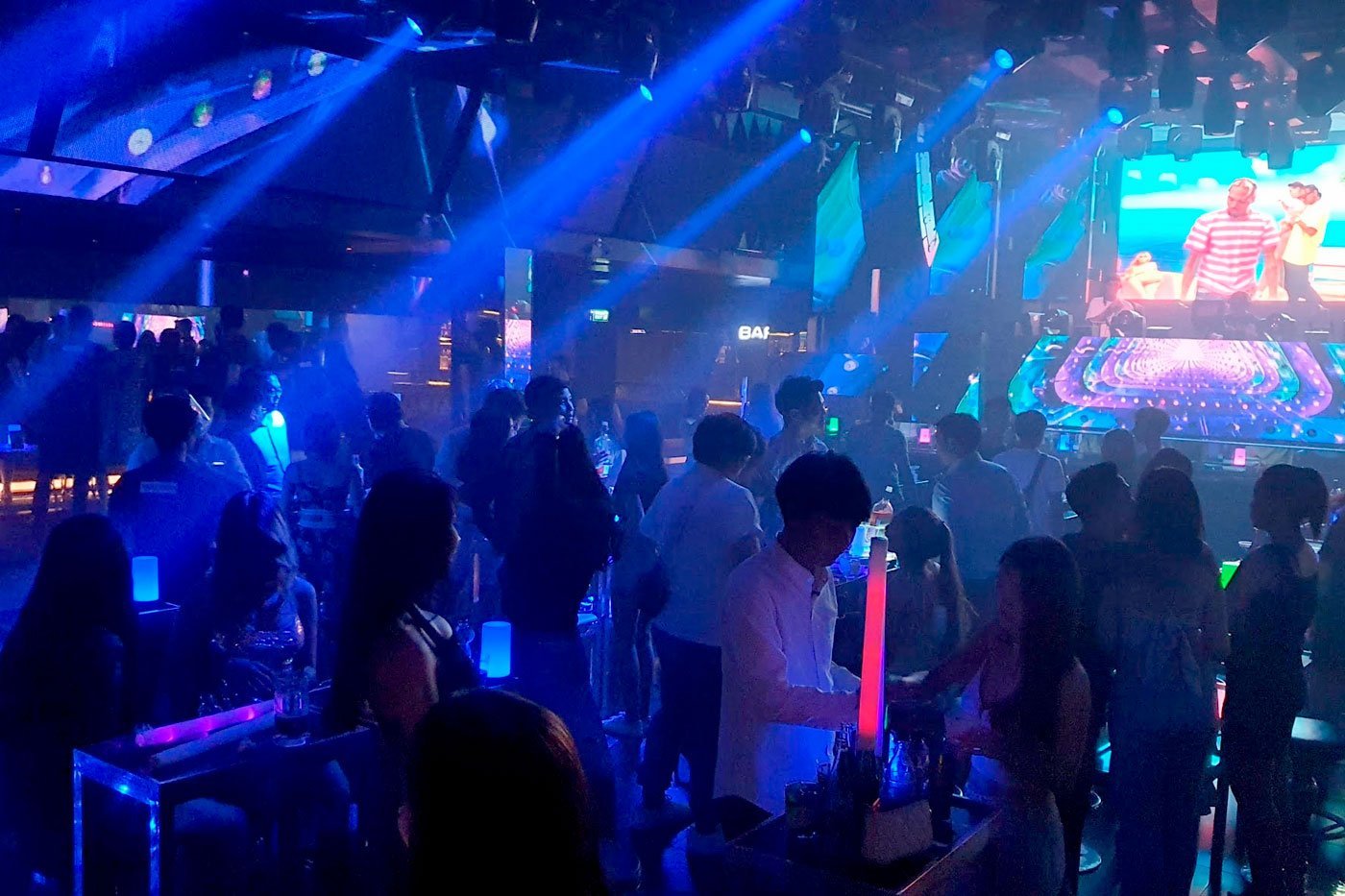
Bangkok’s red-light districts are not dirty and hostile places. At least, they are not more so than any other part of the city, with their cockroaches and rats running wild. And the bars and clubs look really good, and it is easy for a joint used almost entirely for prostitution to be opposite a hotel with luxury restaurants that are affordable for most pockets.
Foreign men who go crazy for women in red-light districts and rant about being fleeced are losing touch with reality. They land in Bangkok and go to some place like Soi Cowboy, where pretty women 20 or 30 years younger than them pretend to be flirtatious. And it’s not that they’re stupid, it’s that they’re fooled by the sweet Thai lie that women “work” and aren’t prostitutes.
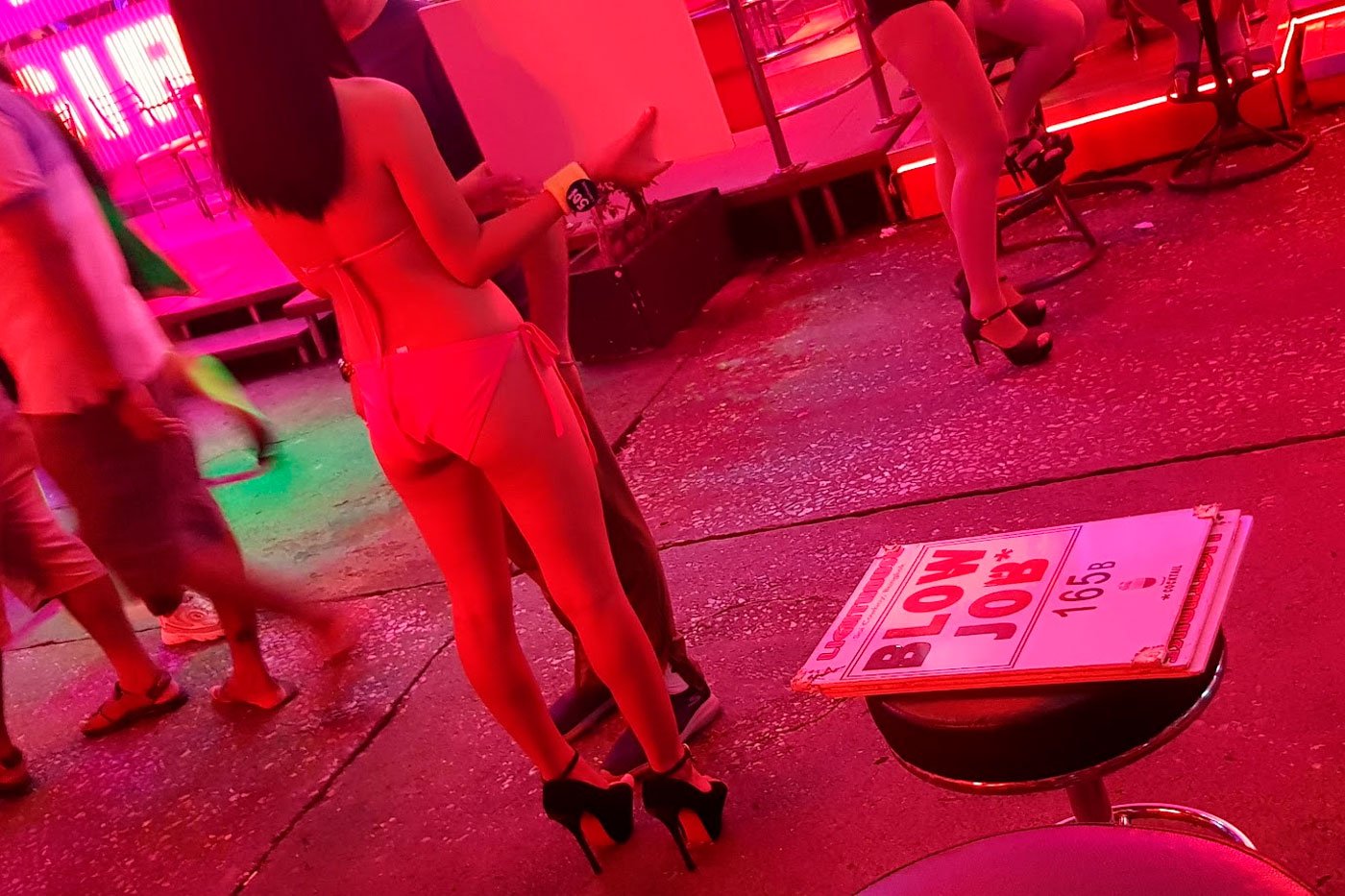
Every night in Bangkok you hear in some bar that women are happy like this, that they don’t want to work and prefer to earn a living this way. And it is always said that unemployment in Thailand is practically non-existent. This is the Siamese illusion, capable of making a good part of the people who pass through here believe that prostitution is a dignified way out. Or at least a normal one like any other.
What is not mentioned is that the country’s ruling elites have always been very happy with the existence of prostitution and the flourishing of red-light districts. It is true that there is no unemployment, but the job options for those without studies and coming from a poor village are not great, and selling one’s body is still, unfortunately, a very actual option, not only in the red-light districts, which, as we have said, are only the tip of the iceberg.
The question is not whether prostitution in Thailand’s red-light districts is less unhappy than in other parts of the world, which probably is, but what can be done to ensure that selling one’s body is no longer an easier way out than others, since prostitution is ultimately the way out for those who have no alternative.
It is a personal decision, of course, but many believe that it is worth visiting the red-light districts of the Thai capital. What’s more, they are part of the idiosyncrasy of the city, and it is impossible to understand it without the masses of streets lit by neon lights that begin to pulse when the sun goes down.
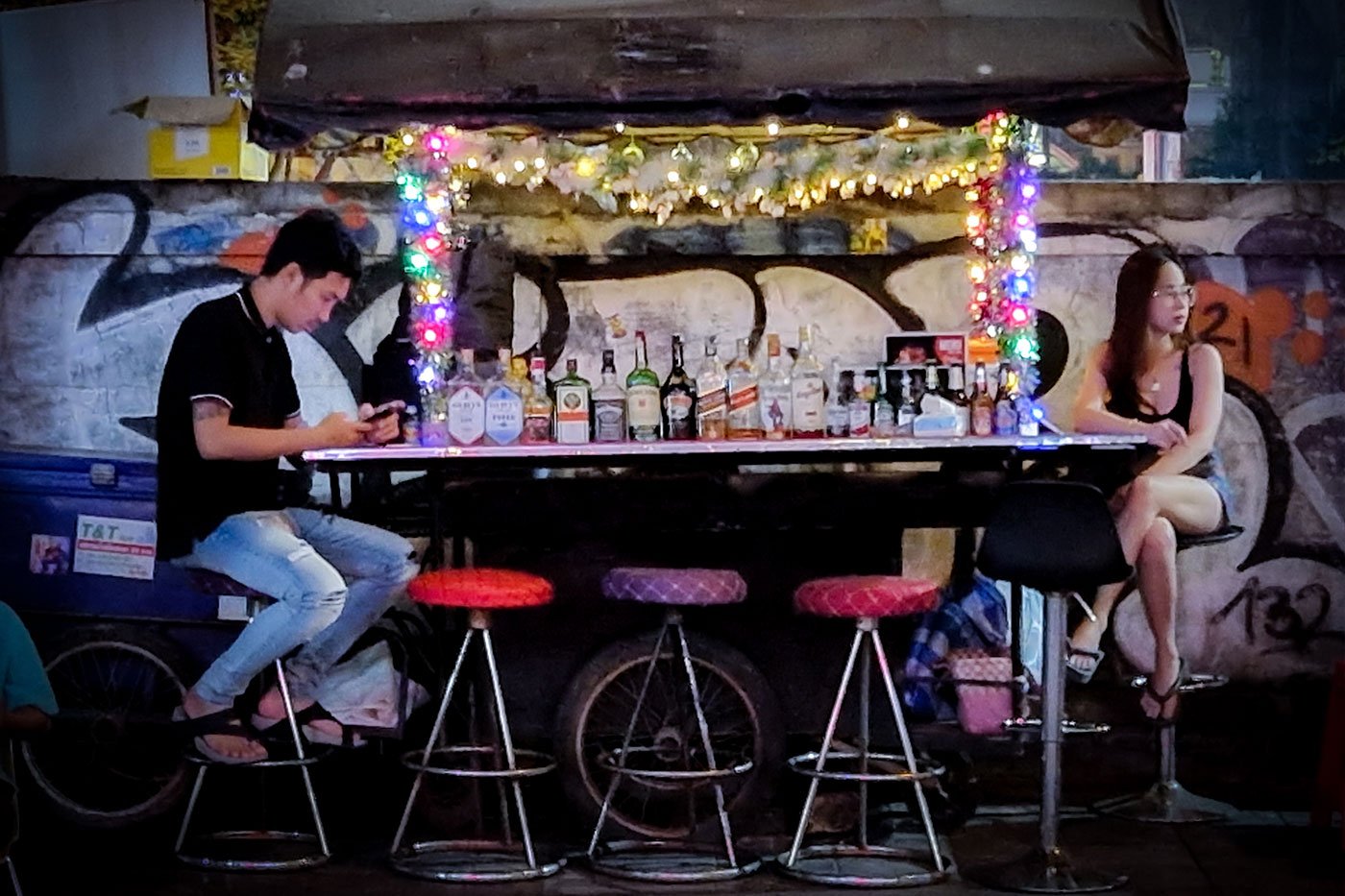
Many travelers may be hesitant, and it can certainly be shocking on a first visit. But it doesn’t hurt to have a drink in a bar and also to strike up a conversation with the people there. In too many societies prostitution remains a taboo subject, and one that everyone has a very clear and sometimes blunt opinion on, but has anyone asked the women operating there? Bangkok’s red-light districts allow for this.
The first red-light district for tourists in Bangkok was Patpong, in the Silom area, and it is where you can find the most families in front of bars with girls in bikinis, due to the night market that runs through the main nightlife area. It is also where the ping pong show was most common as a scam for tourists, who were then asked to pay to see it if they wanted to leave the premises.
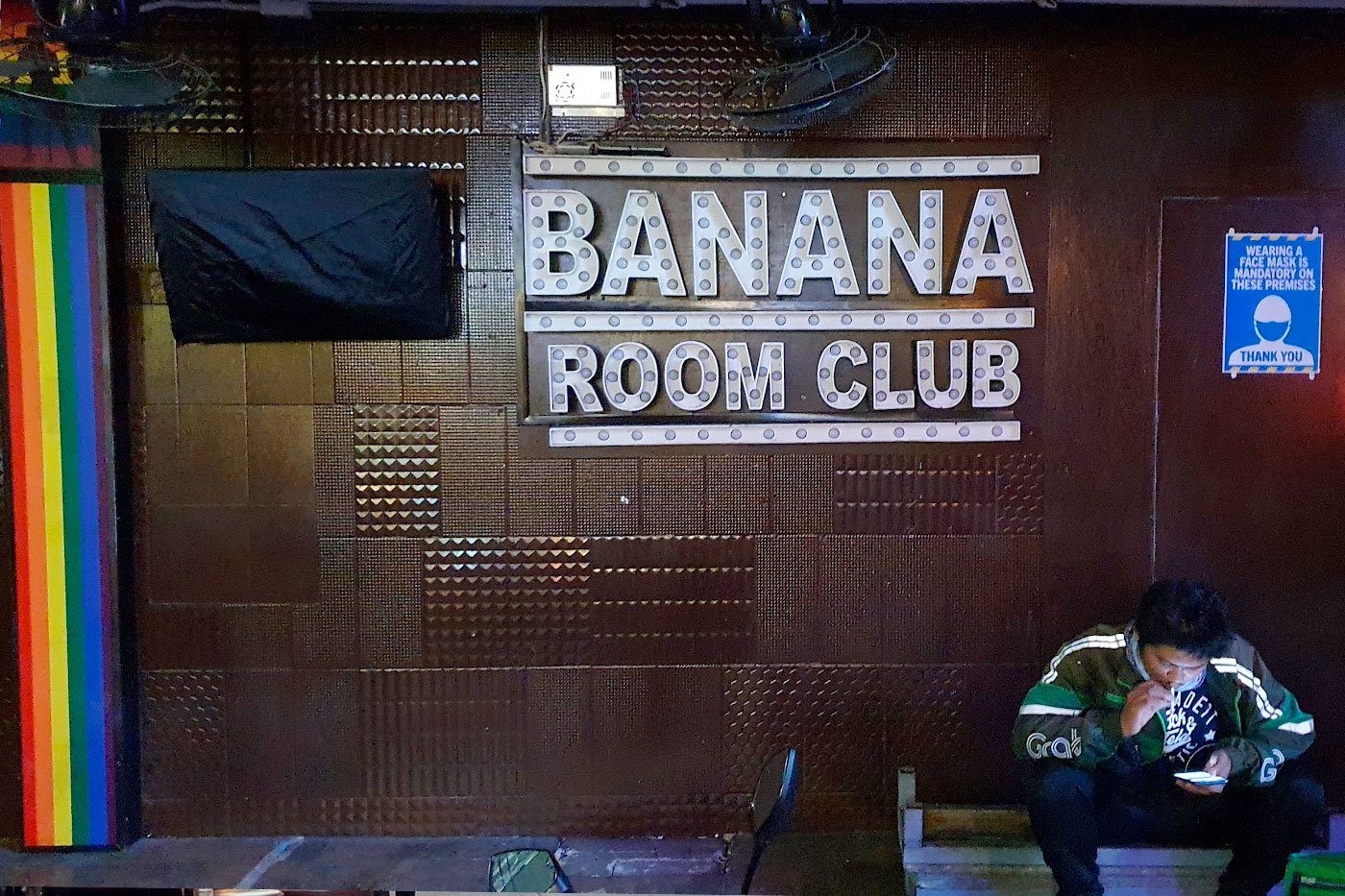
Silom is also home to Bangkok’s red light gay district, on Surawong Road and opposite Patpong. With bars with suggestive names such as “HotMale” (with the logo of the Microsoft email application), these are places where men are the ones dancing in their swimming trunks. Nudity is more common than in the bars with girls.
The big place for meat, however, is Nana Plaza, in the Nana district, and on Sukhumvit 4th Street. It is a kind of open-air shopping mall with three floors and escalators, where you could find only gogo bars, some of them themed “Spankys”, where girls spank customers. Nana Plaza is also where the largest concentration of bars with transsexual women is.
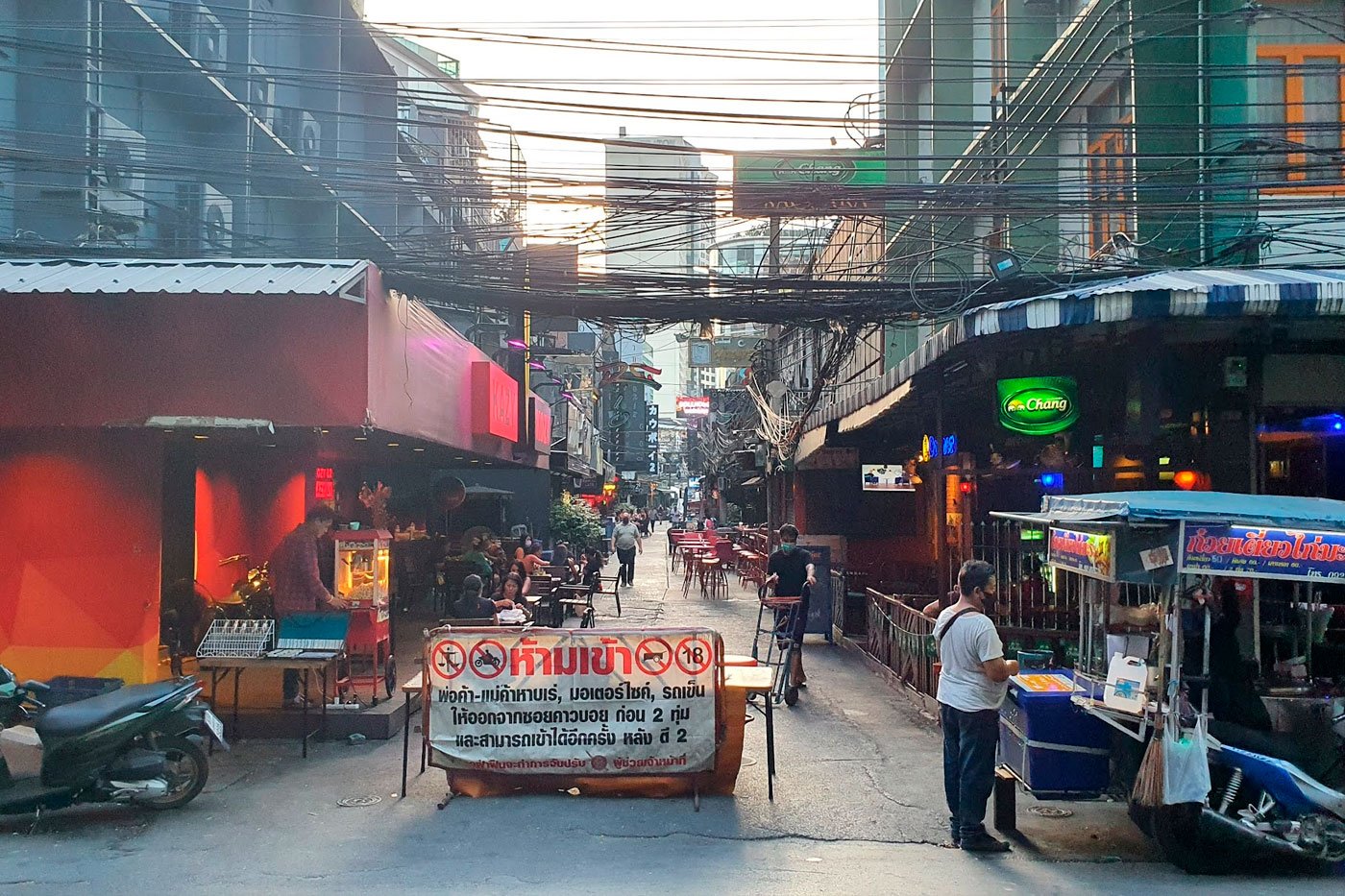
In Asok, surrounded by international hotels, a shopping mall and office buildings, is Soi Cowboy, another large neon-lit center surrounded by normal life, where, in addition to a few nightclubs and restaurants, there are mainly gogo bars. Soi Cowboy is so popular that it is first and foremost a tourist attraction, so well-known that the police at the entrance often ask that no more videos be made of the place because of the image given by visitors on the Internet.
The decision to visit and enjoy Bangkok’s red-light districts, and how to do so, will ultimately be up to each individual, because the major problems of prostitution in Thailand would not be solved by closing these places.